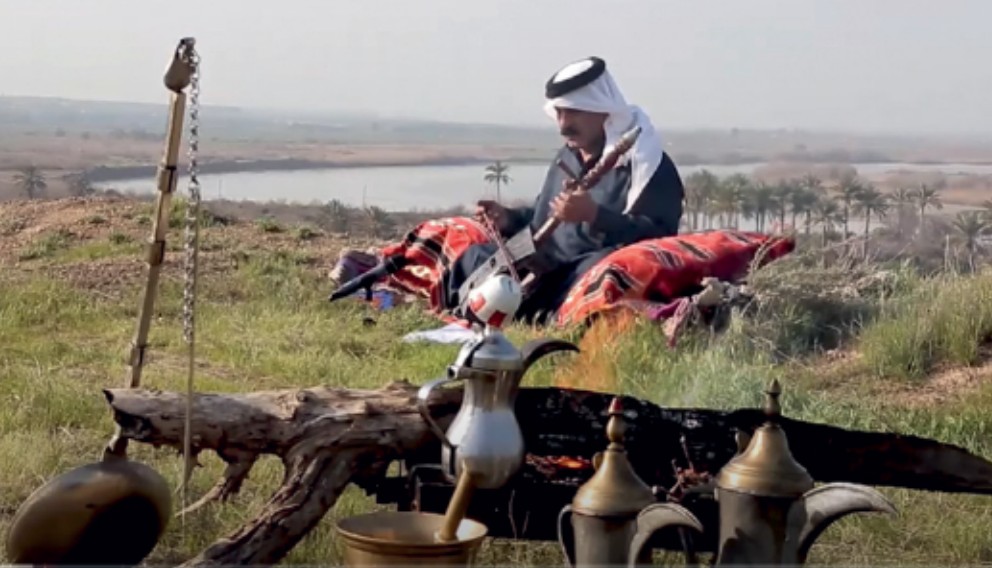Downloads
DOI:
https://doi.org/10.51461/pb.73.16Keywords:
Arab culture, traditions, Levant, history, music, architecture, rababAbstract
Modern Arab culture retains many living elements adopted from ancient, now extinct cultures. Using the example of the traditional
musical instrument rabab, the connection of modern culture with the cultures of the distant past (starting from the Sumero-Akkadian period of Mesopotamia), as well as with other aspects of the traditional way of life, is shown. The relationship between the emotional and acoustic specifics of the sound of the rabab and the features of a traditional residential building in the Levant region, which are in demand in modern energy-saving housing construction, is shown.
How to Cite
Published
Issue
Section
References
Al-Farabi. (1987). Natural science treatises. Alma-Ata: Nauka.
Al-Shurman, A. (2018). Architectural and Aesthetic Characteristics in the Interior Design of Umayyad Palaces in Jordan [Ph.D. thesis]. Moscow: Stroganov State Academy of Design and Architecture.
Farmer, H. G. (1929). A history of Arabian music to the XIIIth century. London: Luzac.
Gardiner, A. J. M., & Saggs, H. W. F. (1999). Empires of the Ancient Near East: the Babylonians, the Hittites, the Egyptians, the Persians. London: Folio Society.
Nurysheva, G., & Tercan, N. (2021). Al-Farabi's philosophy of music “The Legality of Music”. Central Asian Journal of Art Studies, 6, 10-26.
Panum, H. (1939). The stringed instruments of the Middle Ages, their evolution and development. London: William Reeves.
Rakhno, K. Yu. (2017). Creation of a violin in the folk tale of the Tatars of Western Siberia. History, economy and culture of the medieval Turko-Tatar states of Western Siberia: Proceedings of the III All-Russian (with international participation) scientific conference (pp. 113-117). Kurgan: Publishing House of the Kurgan State University.
Saggs, H. W. F. (1987). Everyday Life in Babylonia and Assyria. NY: Hippocrene Books.
Zabalueva, T., & Yusifi, R. (2017). Traditions of Arabic architecture in energy efficient buildings. Architecture and Modern Information Technologies, 2(39), 239-254.




